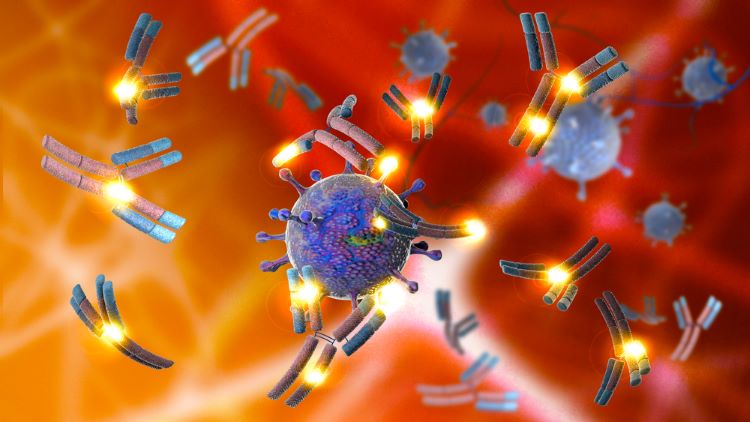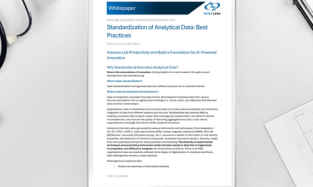Optimised method could facilitate analysis of complex biologics
Posted: 22 January 2024 | Catherine Eckford (European Pharmaceutical Review) | No comments yet
An effective analytical framework for a broad spectrum of monoclonal antibodies (mAbs) and complex mAb biotherapeutics has been developed, according to a recent study.


https://www.shutterstock.com/image-illustration/monoclonal-antibody-mab-moab-made-by-1918936286
Researchers have developed two capillary electrophoresis (CE)-based analytical methods: capillary zone electrophoresis (CZE) and imaged capillary isoelectric focusing (iCIEF) to analyse a broad spectrum of monoclonal antibodies (mAbs) and complex mAb formats.
Charge heterogeneity analysis of mAbs and complex formats, such as bispecifics, is “crucial” for therapeutic applications, according to the researchers.
To facilitate charge heterogeneity analysis during early development, the team sought to “identify a suitable platform method for therapeutic mAbs, including complex formats such as bispecifics, with pIs ranging from 6 to 10.”
The challenge of analysing monoclonal antibodies
Within the different classes of protein biotherapeutics, mAbs are “huge” in size compared to small-molecule drugs, the researchers asserted. This is one of the reasons “there is enormous potential for heterogeneity of mAb drugs…[largely caused by] posttranslational modifications and degradation events during manufacturing and storage… [ultimately resulting in] a characteristic charge heterogeneity profile”.
The detection of minor heterogeneities of large macromolecules requires sensitive [analytical] methods with high resolving power, the paper explained.
The authors add that currently, charge-based methods like ion exchange chromatography (IEC) are standard in the biopharmaceutical industry. However, as these approaches methods are often time consuming, for example, having “long analysis times”, capillary electrophoresis (CE)-based methods have recently moved into focus, due to their “high resolving power and simple instrumentation”.
Study method and results
For CZE, the team used a “new buffer system and optimised the background electrolyte (BGE) with an alternative dynamic coating agent and a superior polymeric additive. The pH of the BGE was increased, leading to enhanced resolution of high pI and complex format mAbs.”
In iCIEF, the study identified an ampholyte combination offering a highly linear pH gradient and covering a suitable pH range, the paper noted.
Of the evaluated non-detergent sulfobetaines (NDSBs), NDSB 195 stood out with excellent properties for the application in iCIEF [in testing alternatives to denaturing stabilisers].
In the paper, it was highlighted that “the pH of the BGE was increased, which was not possible with the state-of-the-art composition, leading to enhanced resolution of especially high pI (pI >8.5) and complex format mAbs.”
“… both CZE and iCIEF methods offer an effective analytical framework for analysing complex and high-pH molecules, thereby enhancing the widespread applicability in biopharmaceutical laboratories”
Based on the study, the results of which were published in Electrophoresis, these approaches were applicable “for all molecules considered, which corresponds to the platform approach.”
Meudt et al. concluded that “… both CZE and iCIEF methods offer an effective analytical framework for analysing complex and high-pH molecules, thereby enhancing the widespread applicability in biopharmaceutical laboratories.”
Related topics
Analytical techniques, Antibodies, Biologics, Biopharmaceuticals, Data Analysis, Technology, Therapeutics









